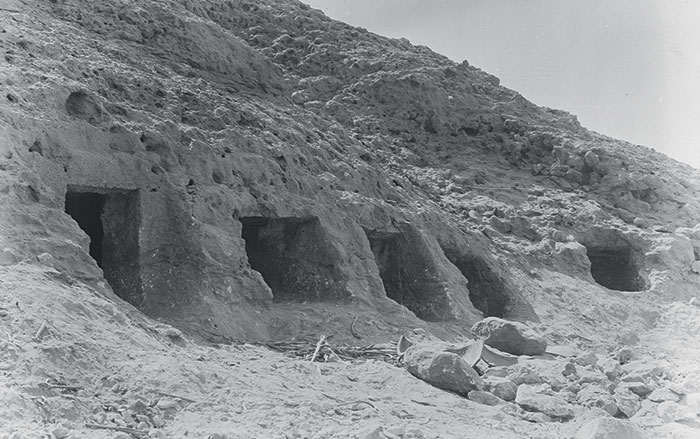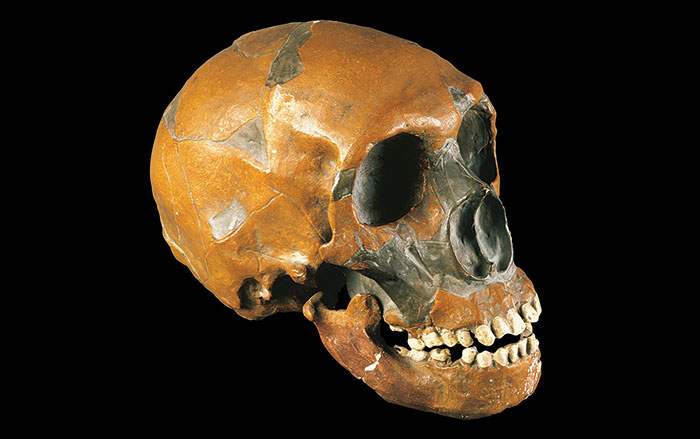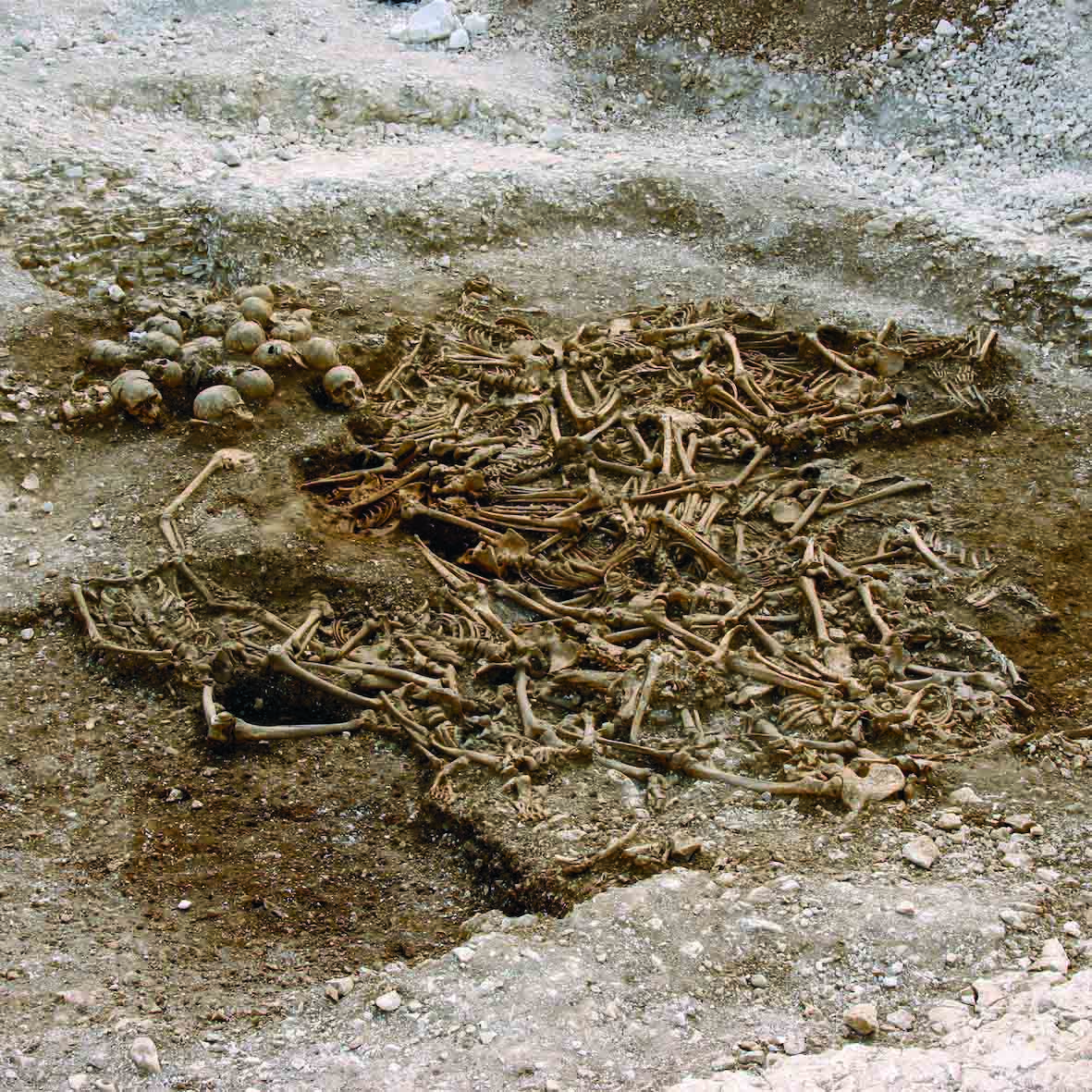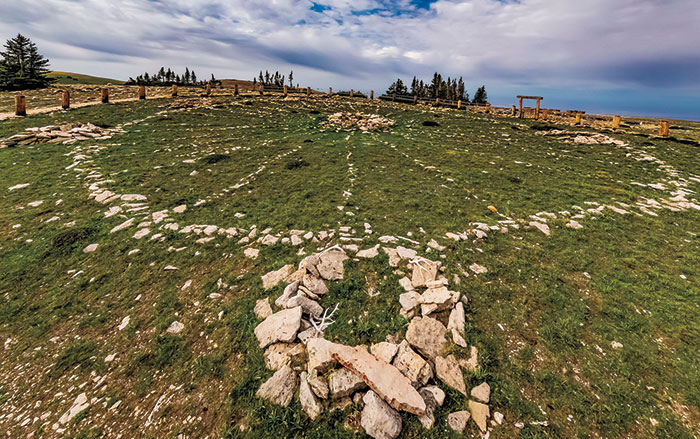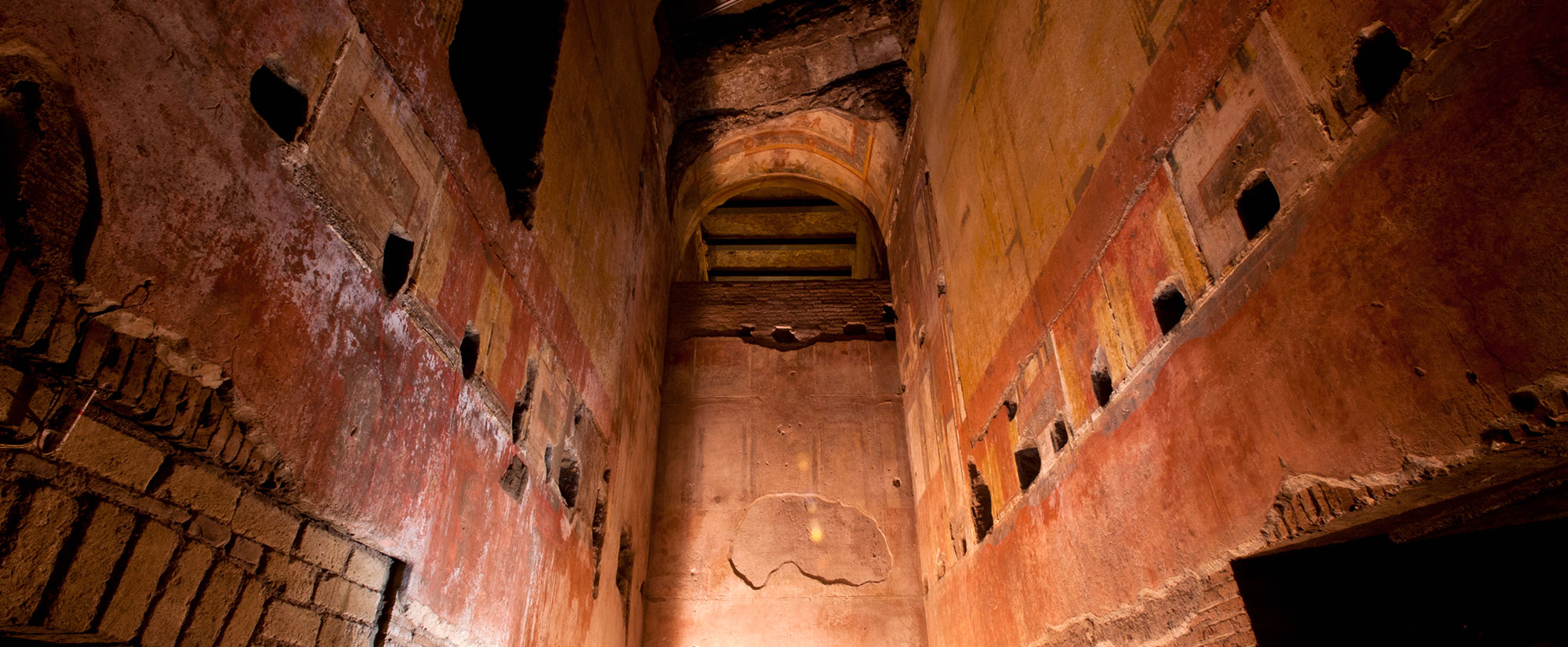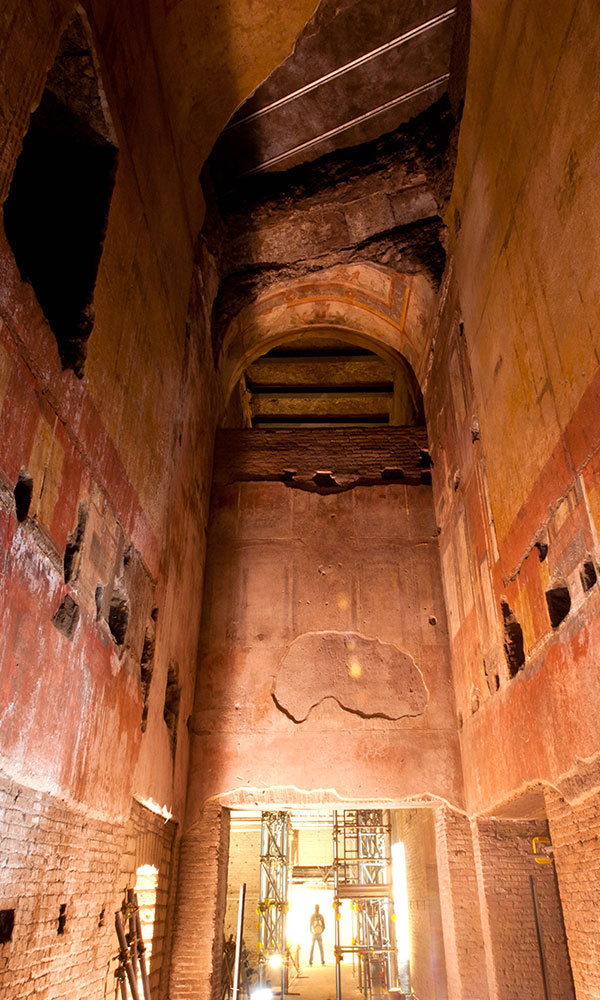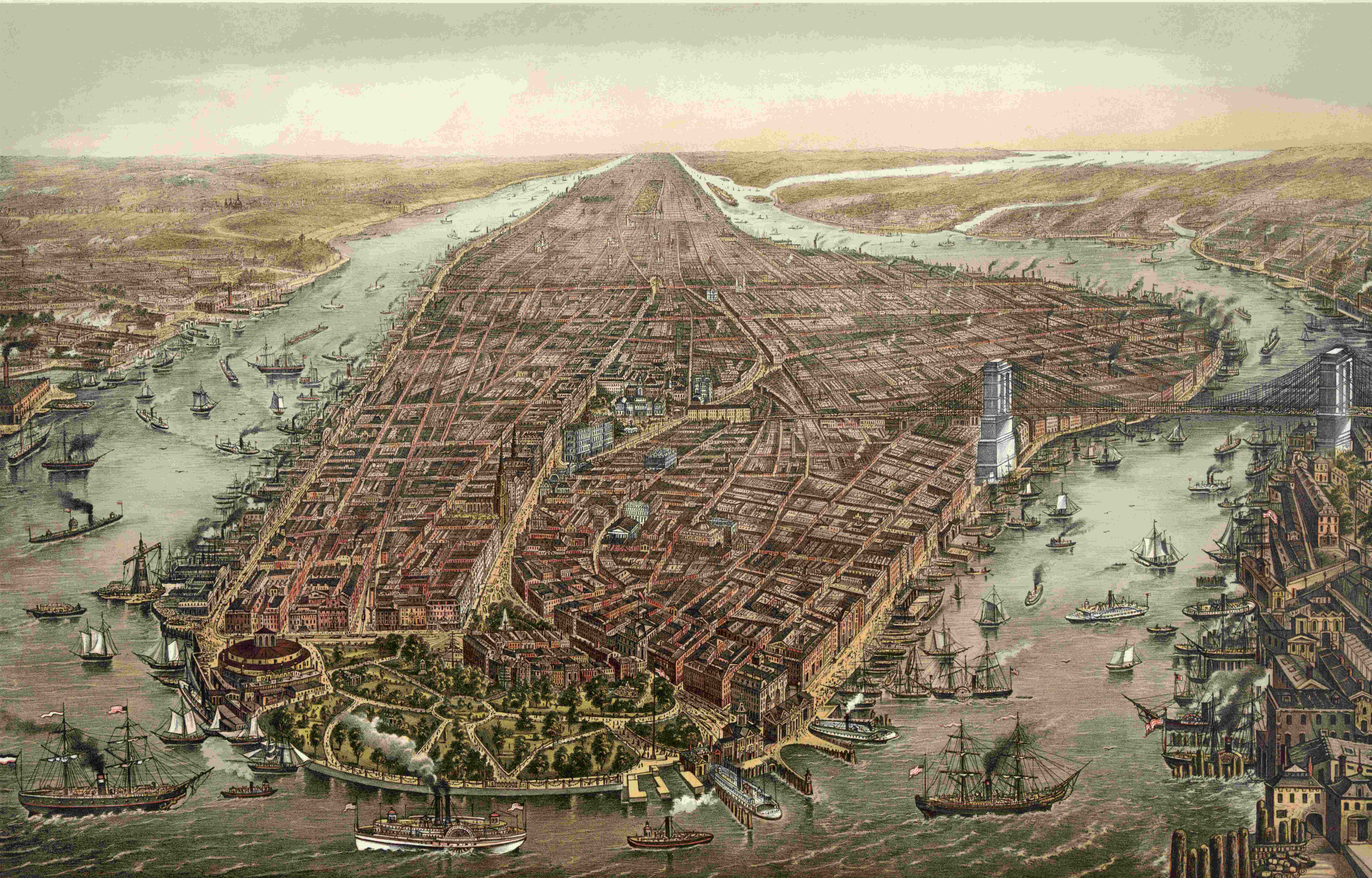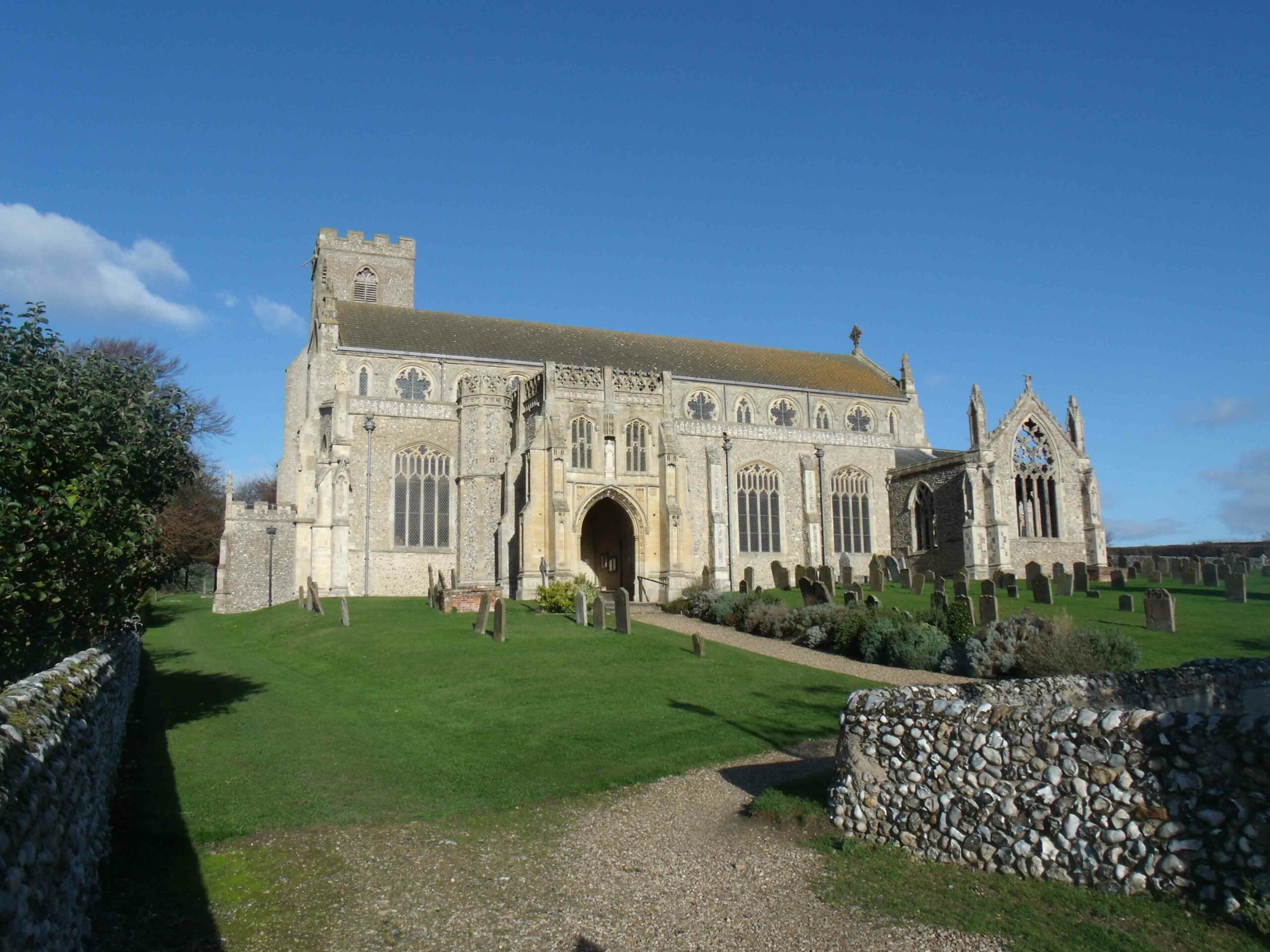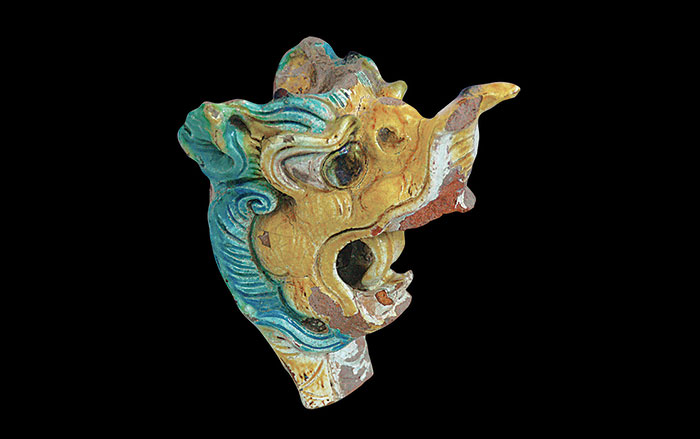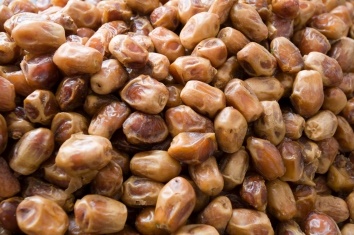
ABU DHABI, UNITED ARAB EMIRATES—Scholars at New York University’s Abu Dhabi campus mapped the date palm genome and found more than seven million mutations separating modern Middle Eastern and North African varieties. As for ancient date palms, seeds found on Dalma Island, Abu Dhabi, have been dated to more than 7,000 years ago, while the oldest cultivated date seeds found in North Africa are about 4,000 years old. The new study supports this archaeological evidence, and indicates that today’s date palms could have descended from plants first domesticated in the Middle East, and then domesticated a second time in North Africa. It is also possible that that the fruit tree was first cultivated in the Middle East and then spread to North Africa, where it was crossed with wild plants. But researchers have yet to find the wild ancestor of the date palm. “It is important to know the identity and geographic origin of the wild progenitor of a domesticated species because it will help us understand the evolutionary process underlying domestication and the nature of the genetic changes underlying domestication,” senior research scientist Khaled Hazzouri said in a press release. To read more about archaeology in the Persian Gulf, go to "Archaeology Island."


